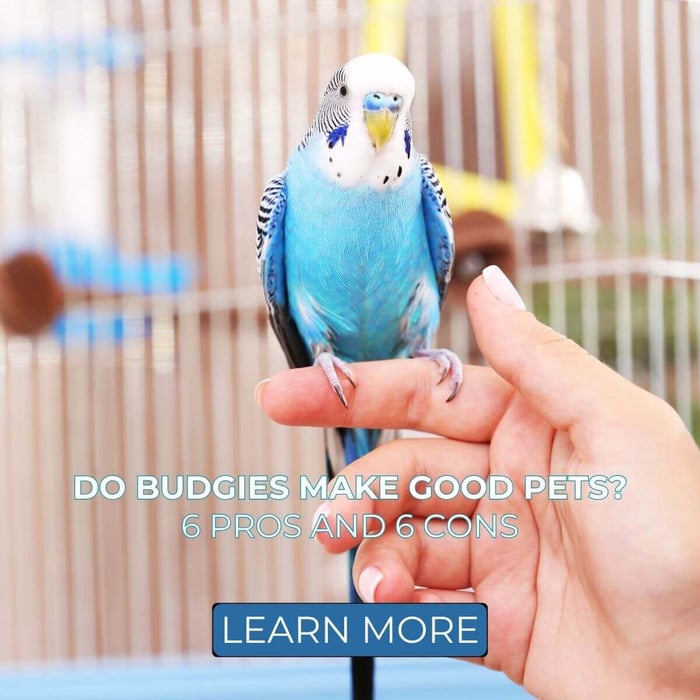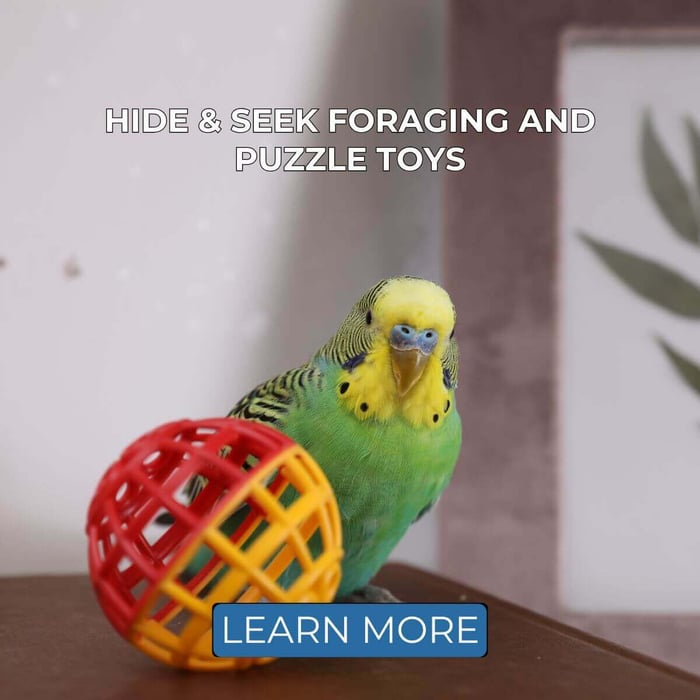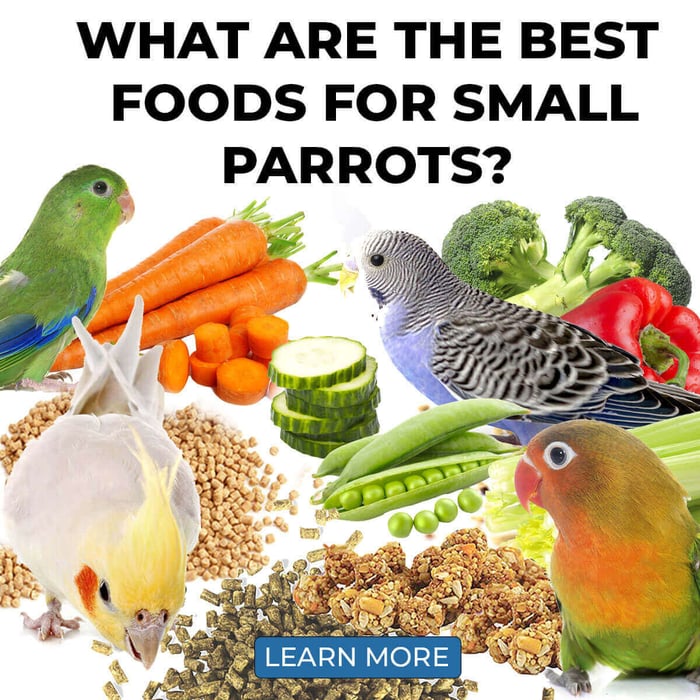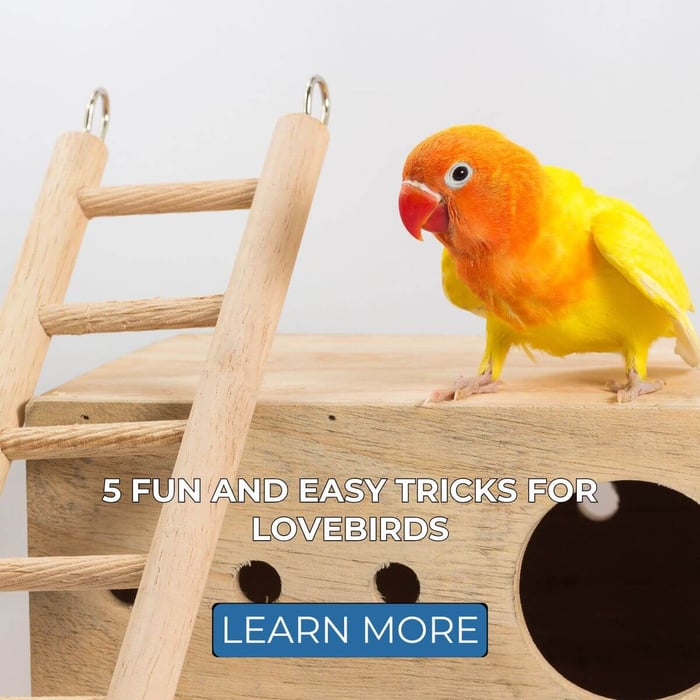Parrot Diet – What Shall I Give my Parrot to Eat?
Parrot Diet And Nutrition. What's The Best Diet For Parrots?
There's no proven scientific answer. Pellets? Seeds? Homemade?
Maybe as many interesting combinations as species of parrot? There is no 100% agreement on parrot diet and nutrition in captivity. There is no scientific evidence that any one diet produces Healthier parrots, but there is plenty of evidence that poor diets result in bad health. (obesity, poor feather quality, Aspergillosis, gout, stroke – a dismaying list) No one has yet made a controlled experiment with three matched groups of parrots: one group fed on junk food, one group on pellets and fresh food, and one group on a seed diet with fresh additions. How long would that have to be carried out to be valid? 5, 10, 15 or 20 years? In the absence of accepted scientific proof, how can the conscientious caregiver choose?
Here Are Some Useful Questions To Ask Yourself?
- What is your species of parrot, and what would it eat in the wild?
- Does the parrot have plenty of exercise, or is it largely sedentary?
- Will using commercial pellets save you time and money?
- Will using a commercial seed mix suit you better?
- Do you have reliable sources of fresh food and vegetables?
- Can you source wild foods from countryside gardens, friends, etc?
- How many and what sort of nuts does your parrot need and enjoy?
- Are you willing to make a mash parrot diet and freeze portions?
- Will you add sprouted seeds and legumes to the parrot diet?
- How to evaluate your diet? Will you monitor the weight, the feather condition and bright eyes of the healthy bird?
Let me answer my ten questions with reference to my birds and my friends' birds.
1. What Is Your Species Of Parrot And What Would It Eat In The Wild?
I keep a multi-bird household. Seven indoor birds, two cockatoo hens, an Umbrella and a Lesser sulphur Crested, three African Greys, two aged wild caught Orange-winged Amazons and 20 mixed species of parakeet in the aviary. Wild cockatoo's habitats range from dry bushland in Australia to humid forests in Indonesia and the Philippines. Therefore, their diets can vary considerably, consisting of fruit and fruit seeds, nuts, flowers, and corn where they can find it. African Greys feed mainly on the palm nut, a food high in fat. In the wild, Amazons will eat things like larvae and adult bugs, fruits, berries, harvest grains, nectars, eggs, .etc. Surprisingly, it has only recently been discovered that SOME species of wild amazons and large parrots do NOT have seeds in their diet. My sun conures originate from South America, and like their wild cousins, they prefer fruit. Australian parakeets eat a lot of grasses and, of course, insects.
2. Does The Parrot Have Plenty Of Exercise, Or Is It Largely Sedentary?
Wild birds need a high-energy diet because they fly long distances. Our birds don't. An American vet wrote saying that 80% of his cases were poor nutrition. Obese parrots, like obese people, have been eating too many calories. Captive birds might need the same volume of food as free-flying birds but with lower fat content, so unless they get plenty of exercise, they need the fat content of their diet restricted. As with all animals, the more physical activity, the more fuel is needed. Also, temperature is a factor. I live in East Anglia, and the parakeets are outdoors 24/7. I increase the fat content of their diet when the barometer drops. I top up with added sunflowers and monkey nuts in the shell and weekly cooked chicken bones. In the below-zero temperatures in recent winters, I have never lost a bird too cold.
Bobo, my rescue umbrella, is a thin cockatoo. She has had a traumatic life and, after two years here, still has a picky appetite. If allowed, she would live on chocolate biscuits and pizza, but she is NOT. However, she does get tiny treats of what must have been her favourite foods in a previous home.
3. Will Using Commercial Pellets Save You Time And Money?
Oh dear, what an overwhelming choice! According to the blurb on each brightly coloured packet, the contents provide the best for your bird. Many pellet parrot diets have been developed by avian experts. And it would seem a good choice for those of us who are busy out at work. A word of caution here – you get what you pay for. The cheaper brands contain too many fillers, colourings and chemicals that would never wish to feed. I tried different brands of pellets but never managed to get my birds to accept them willingly. Even Harrisons Organic, with its superb reputation as the best of the best, is tossed out of the bowl by my Greys. Baby birds who are weaned onto pellets appear to accept them more easily.
4. Will Using A Commercial Seed Mix Suit You Better?
It is generally accepted that seed mixes are not a complete parrot diet, even though they look more appetising than brown nuggets. You can, of course, buy the ingredients of a commercial seed mix separately and make up your own. It's cost-effective, but it takes time. Bear in mind that the cheaper mixes are dusty and too bulked up with sunflower seeds. I saw a good example of that recently. A friend took in a pair of Umbrella cockatoos that were fed principally a cheap mix of sunflowers and little else. A year after she changed their diet to a healthy one, they produced and fledged a healthy chick. Their feathers are magnificent. When they fly around the aviary she has built for them, they look like angels on the wings.
5. Have You Got Reliable Sources For Fresh Food And Vegetables?
Fruit and vegetables do not come cheap, do they? But they're essential. There is no expert disagreement on that. The debate about whether vegetables are much better than fruits because of the high sugar content of fruits is ongoing. I err, perhaps, in giving too much fruit. I ensure that at least 40% of the parrot diet is composed of fresh ingredients. I try for organic where possible. I go to the market at the end of the day when the stall holder will reduce prices. Casper Grey and Artha Grey came from a reputable breeder and were hand-reared and then weaned onto a seed mixture of fruits and vegetables. My vet recommended pellets. His opinion was that non-professional caregivers could not easily make up a good diet with every vitamin and mineral added. Artha and Casper are healthy. I buy Tidymix. It is costly, but it is so obviously clean. Then I add chopped fruits and vegetables each day. I sprout legumes and seeds on a three-day rota, and everyone gets a portion each day.
6. Can You Source Wild Foods From Countryside Gardens, Friends, etc.?
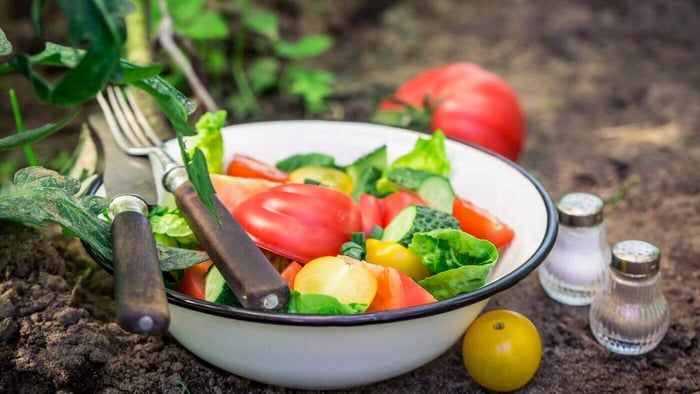
This is one of my hobby horses. I believe that green, fresh garden produce and certain weeds are closer to a wild diet. Chickweed, dandelions, blackberries, sloes, hawthorn berries, plantain. Fat hen, cotoneaster berries – it's an endless list. And add fresh flowers, too. If you gather from an unknown source, give a quick wash in a weak antiseptic solution in case of pollutants. No cost involved and healthy time in the open air. I also grow sunflowers and sweet corn for the parrots. Lists of poisonous flowers and trees are available on the internet.
7. How Many And What Sort Of Nuts Does Your Parrot Need And Enjoy?
Cautious people do not feed monkey nuts because of the risk of Aspergillus. I buy human grade and take that risk. The Alexandrine parakeets, which have bred for 2 years, successfully consume vast quantities in cold weather but are less enthusiastic in warmer months. Nuts are too high in fat for overuse, but they're marvellous for training treats.
8. Are You Willing To Make A Mash Parrot Diet And Freeze Portions?
There is no space here to give details of the homemade mash diets. They are an interesting development. The Circus diet developed by Steve Hartman is well known in the USA. As a breeder of over 4000 birds in 20 years, Hartman has shared his expertise on his website. Steve remarks that many parrots are picky eaters, so he advises that food be cut into pea-sized pieces. He says, "Small particles mixed together have residue from all the other pieces on them, making it impossible for a bird to avoid any food, so their brain is quickly programmed to eat all of the items. Once a bird's subconscious and conscious brain is programmed to eat a large variety of foods, it's much easier to change their diet." He gives the quantities of food offered daily.
Parrots Circus Diet Treats
Small 18 gms 4 gms
Medium 32 gms 7 gms
Large 90 gms 20 gms
Portion size is crucial for captive birds. Never offer more than 10% more food than the bird will eat. Remove the very small, uneaten portion the next morning before offering more food. Portion size will vary for each species, each individual, seasonal moulting, and breeding cycles.
Shauna's mash is another development that is gaining in popularity in the USA and becoming known in the UK.
9. Will You Add Sprouted Seeds And Legumes To The Parrot Diet?
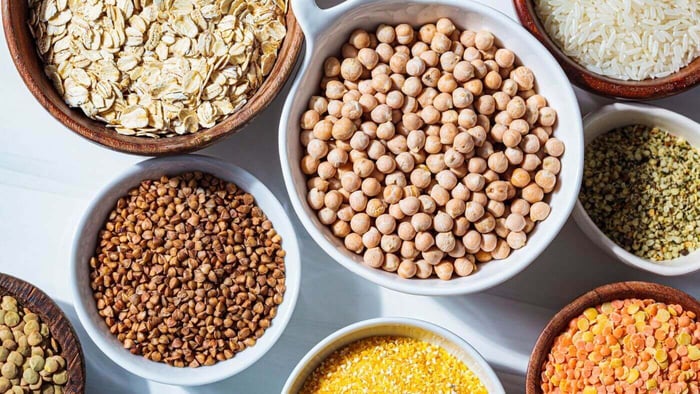
Germinating and sprouting seeds and selected beans like chickpeas and mung beans release nutrients that are especially valuable. Sprouts can be fed on their own or as a part of diets like Saunas' mash or the circus diet. Sprouting turns a seed into a high-quality vegetable containing fat as an energy source, which continues growing as long as it is moist and at least room temperature. All seeds benefit from sprouting. The quality of the seeds you use can be determined by the percentage of sprouts. You should expect at least 90% to sprout within 3–5 days. Once you get into the habit of sprouting, it is not much of a chore. There are commercial sprout mixes. Tidymix do a good one, as do Haiths.
10. How To Evaluate Your Parrot Diet? Will You Monitor The Weight, The Feather Condition And Bright Eyes Of The Healthy Bird?
Simple daily observation shows you a bird that eats well, has bright eyes, shiny feathers, and an active posture. Weekly weighing if you are so inclined. My greys have kept the same weight for over ten years, so give or take a few grams.
Bobby arrives to rescue some friends. He was plucked, nippy and shy. Several years later, he is almost fully feathered, doesn't nip and responds to visitors. How much was the improved diet, and how much was the improved, enriched environment? Both, I bet.
Cooking for birds is not truly essential, but it is so much fun. Another time, I'd like to share some of the recipes I have collected and the birds that I have relished.
Incorporating Parrot Essentials into Your Bird's Diet

At Parrot Essentials, we understand the importance of providing high-quality nutrition for your feathered companions. We offer a variety of premium parrot foods, including expertly formulated pellets and seed mixes designed to meet the diverse dietary needs of different parrot species. Our products are crafted with carefully selected ingredients to ensure your parrots receive the essential vitamins and minerals necessary for optimal health.
Whether you're looking for gourmet seed mixes or high-performance pellets, Parrot Essentials has you covered. Our range includes options suitable for various parrot species, ensuring that you can find the perfect diet tailored to your birds' preferences and nutritional requirements.
Cooking for birds is not truly essential, but it is so much fun. We love to share recipes and ideas that not only nourish your birds but also strengthen the bond you share with them. Explore our blog for tips and insights on enriching your parrots' diets and making mealtime enjoyable.

